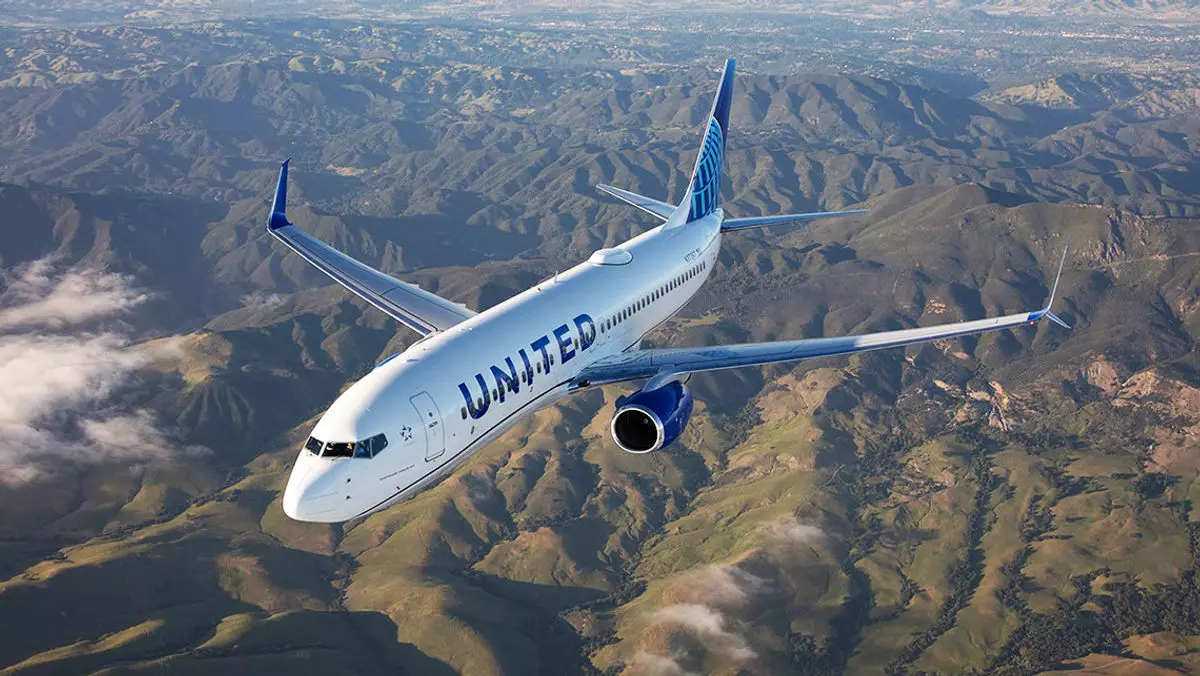United Airlines faced a challenging second quarter as the industrywide domestic overcapacity drove down fares and resulted in more empty seats on aircraft. The profit margin of the airline shrunk due to this situation, affecting its overall financial performance. Despite reporting a net income of $1.32 billion, an increase from the previous year, United’s pre-tax profit margin declined to 12.1% from 15.3%. This downward trend was attributed to the excess capacity in the domestic market, leading to a decrease in revenue per seat-mile flown and load factor.
Despite the struggles faced in the second quarter, United executives remain optimistic about the future. They expect the situation to start improving around mid-August when airlines begin reducing their rate of capacity growth. The capacity adjustment is anticipated to be long-lasting, especially with the financial challenges encountered by discount U.S. carriers. Chief commercial officer Andrew Nocella expressed confidence in the slow return of capacity and emphasized the unique environment that airlines are currently navigating.
The entire industry is expected to make adjustments in response to the overcapacity issue. United’s decision to reduce capacity by approximately 3 percentage points in the fourth quarter aligns with the broader trend in the market. Low-cost airlines are anticipated to bear the brunt of the draw-down, with carriers like Spirit projecting an operating loss for the quarter. On the other hand, airlines with long-haul networks and premium cabins like Delta and Alaska are expected to fare better due to their diversified revenue streams.
Discount carriers focusing heavily on domestic service, such as Spirit, Frontier, JetBlue, and Southwest, are facing significant challenges in the current market conditions. These airlines are projected to have operating losses on their weakest networks, indicating the impact of overcapacity on their profitability. The competition in the domestic market is fierce, making it difficult for discount carriers to find low-competition, profitable routes. As a result, the industry as a whole is experiencing a rapid adjustment to the excess capacity, with struggling airlines unable to sustain money-losing operations.
The financial challenges faced by airlines like Spirit highlight the long-term implications of overcapacity and the need for a strategic approach to route planning. United’s assessment of the domestic market suggests that the industry will continue to adjust to achieve a better balance between capacity and demand. The current environment does not leave much room for experimenting with unprofitable flying, indicating a shift towards more sustainable business practices. The potential failure of one low-margin airline is unlikely to alter the competitive landscape significantly, given the magnitude of losses incurred by struggling carriers.
United Airlines’ experience in the second quarter serves as a reflection of the broader challenges faced by the aviation industry in managing domestic overcapacity. The need for careful planning, strategic adjustments, and a focus on sustainable operations is paramount for airlines to navigate through these turbulent times successfully. By adapting to the changing market dynamics and making informed decisions, airlines can position themselves for long-term profitability and resilience in a competitive environment.

